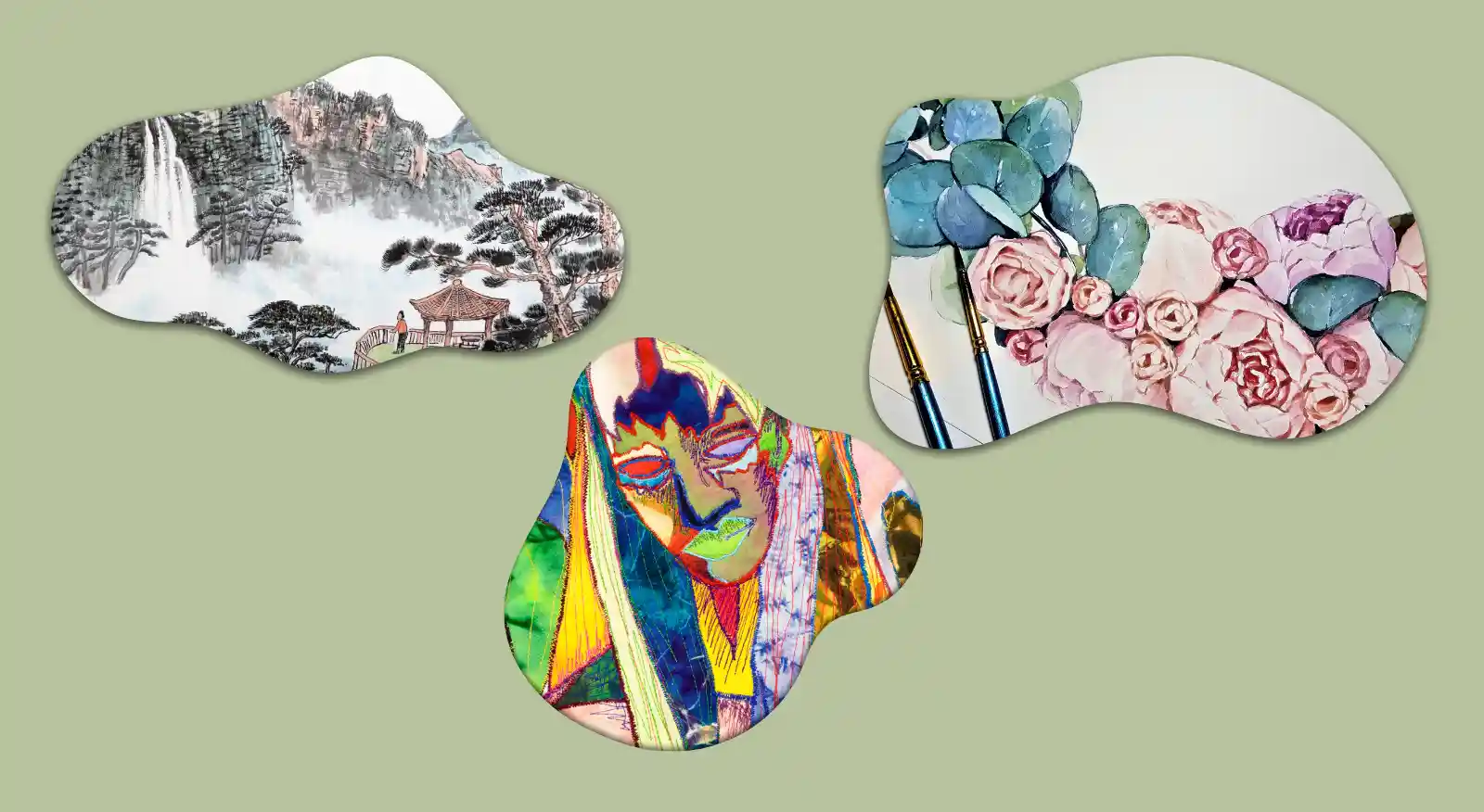
The Evolution of Art: From Traditional to Modern Techniques
Art is a universal language that has been evolving for thousands of years.
From the earliest cave paintings to today’s digital masterpieces, the world of art reflects human history, culture, innovation, and imagination.
Understanding how art has developed over time — and how techniques have changed — helps us appreciate both the rich traditions of the past and the bold creativity of the present.
Let’s take a journey through the fascinating evolution of art, exploring how traditional techniques laid the foundation for modern artistic expression.
1. The Beginnings: Prehistoric and Ancient Art
The earliest known artworks date back more than 40,000 years.
Cave paintings, like those found in Lascaux, France, used natural pigments to depict animals and human figures. These early pieces were not just decorative; they served cultural and spiritual purposes.
In ancient civilizations like Egypt, Mesopotamia, and Greece, art became more sophisticated. Artists used materials such as:
- Stone
- Clay
- Gold
- Papyrus
Traditional techniques included detailed carving, fresco painting, and mosaics.
Art was closely tied to religion, royalty, and storytelling, capturing scenes from daily life and mythology.
2. The Classical Period: Balance and Beauty
As civilizations matured, so did their artistic techniques.
The classical era, especially in Greece and Rome, emphasized balance, proportion, and realism.
Artists mastered skills like:
- Marble sculpture
- Mural painting
- Metalwork
Techniques such as contrapposto (where statues appeared to shift their weight naturally) brought a new lifelike quality to human figures.
This period set the standard for “ideal beauty” in Western art.
3. The Middle Ages: Symbolism and Spirituality
After the fall of Rome, Europe entered the Middle Ages, and art took on a more religious tone.
Rather than striving for realism, medieval artists focused on symbolism and storytelling.
Key traditional techniques included:
- Illuminated manuscripts (hand-decorated books)
- Stained glass windows
- Icon paintings
Gold leaf was often used to create a sense of the divine. Art was less about personal expression and more about glorifying religious themes and teaching moral lessons.
4. The Renaissance: A Revolution of Techniques
The Renaissance (14th–17th centuries) marked a dramatic turning point in art history.
Artists like Leonardo da Vinci, Michelangelo, and Raphael introduced new techniques that transformed art forever.
Major advancements included:
- Perspective: Creating the illusion of depth and space
- Chiaroscuro: Using light and shadow to add volume
- Sfumato: Blending colors and edges seamlessly
Oil painting became the dominant medium, allowing artists to achieve richer colors and more detailed textures.
The Renaissance emphasized humanism, individualism, and the study of nature — bringing art closer to the real world.
5. The Rise of Modern Techniques: 19th Century and Beyond
By the 19th century, the pace of artistic change accelerated dramatically.
Artists began to question traditional rules and experiment with new styles.
Movements like:
- Impressionism (Monet, Renoir) captured fleeting moments with loose brushstrokes and vibrant light.
- Post-Impressionism (Van Gogh, Cézanne) explored bold colors and emotional expression.
- Cubism (Picasso, Braque) broke objects into abstract shapes.
Artists no longer aimed simply to imitate nature; they sought to express inner feelings, new perspectives, and innovative ideas.
Traditional techniques like oil painting remained popular, but artists increasingly played with different surfaces, textures, and methods.
6. The Advent of New Materials and Technology
The 20th and 21st centuries introduced even more radical changes to the art world, thanks to new materials and technologies.
Modern techniques include:
- Acrylic paints: Fast-drying and versatile, perfect for bold, vibrant work
- Spray painting: Used in street art and murals
- Digital art: Created entirely on computers, tablets, and smartphones
- Mixed media: Combining traditional materials (paint, ink) with nontraditional ones (fabric, newspaper, found objects)
Photography, film, and eventually digital media expanded the definition of what art could be.
Art became more accessible and global, with ideas spreading across cultures at unprecedented speeds.
7. Traditional Techniques That Still Inspire Today
Even with all the innovation, many traditional techniques continue to inspire modern artists.
Examples include:
- Watercolor painting: Loved for its delicate transparency
- Woodblock printing: A technique still used in fine art and illustration
- Sculpting: Both classical stone carving and contemporary 3D sculpture
- Hand-drawn sketches: The foundation of design, fashion, and animation
Many artists today blend old and new, using traditional methods alongside digital tools to create unique works that honor the past while embracing the future.
8. Art Today: Boundaries Broken
Contemporary art knows few limits.
Artists around the world use everything from virtual reality to biodegradable materials to explore big themes like identity, environment, and technology.
Modern art techniques often involve:
- Installations you can walk through
- Interactive digital experiences
- Public art that transforms cities
- Performance art that challenges audiences
Today’s artists are less concerned with fitting into a category and more interested in pushing creative boundaries.
